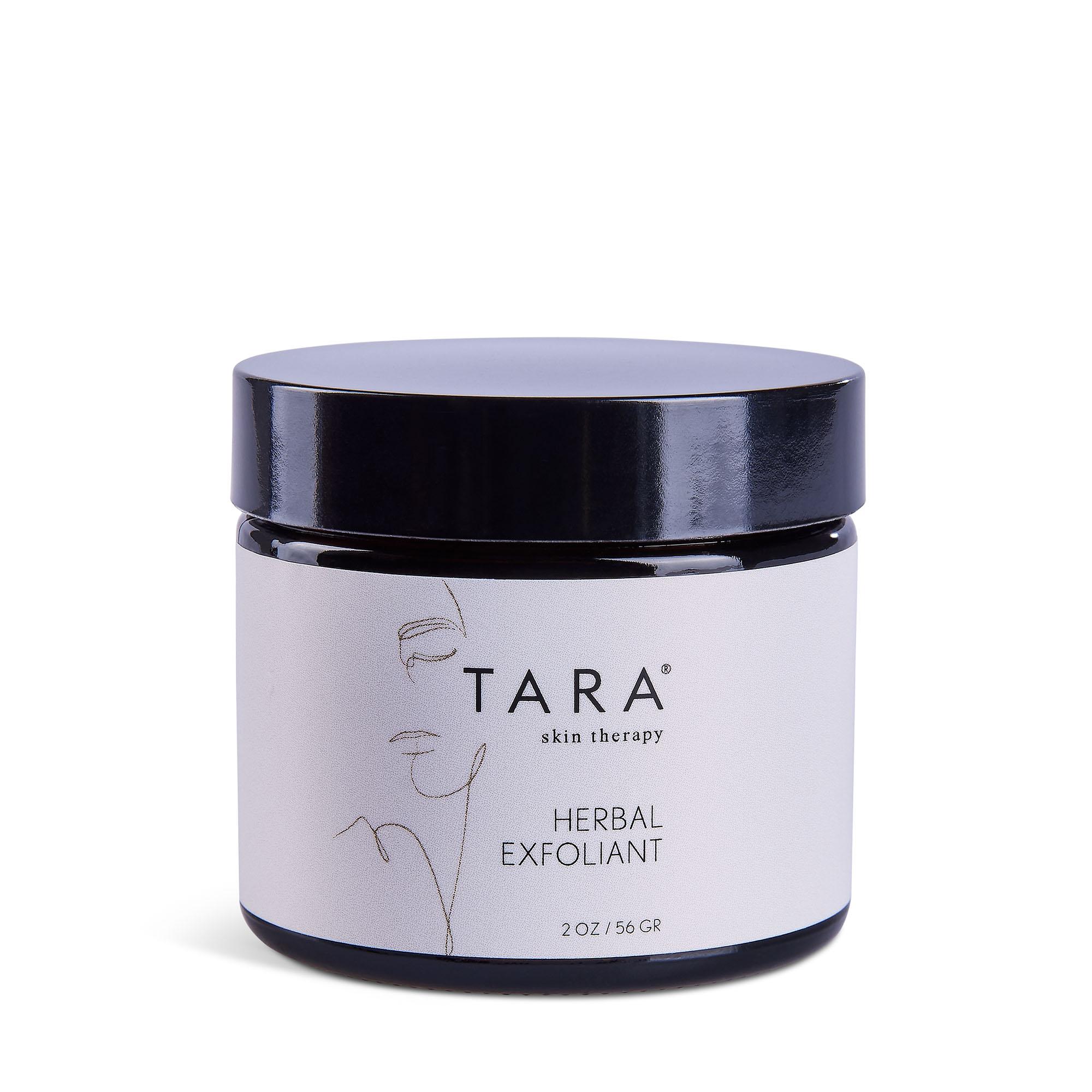In the quest for radiant, youthful skin, exfoliation has emerged as the modern-day alchemy, promising to unveil the luminous layers beneath our weary exteriors. Yet, like all potent elixirs, the magic of exfoliation demands a careful hand. Too much of a good thing, after all, can transform the promise of rejuvenation into the peril of irritation. In this article, we delve into the art and science of exfoliation, guiding you with an authoritative compass through the delicate balance of skin renewal. Discover how to harness the power of exfoliation without tipping into the territory of overzealous scrubbing, ensuring your skin remains a canvas of health and vitality.
Mastering the Balance Understanding Skins Natural Renewal Cycle

Our skin is a remarkable organ with an innate ability to renew itself, typically over a 28-day cycle. During this period, new skin cells form at the deepest layer and gradually make their way to the surface, where they eventually shed. Understanding this natural process is crucial to ensuring we don’t disrupt it with excessive exfoliation. Over-exfoliating can strip away essential oils and damage the protective barrier, leading to redness, irritation, and even premature aging.
To harmonize with your skin’s natural rhythm, consider the following guidelines:
- Know Your Skin Type: Different skin types have varying tolerance levels. Oily skin might benefit from more frequent exfoliation, while sensitive skin requires a gentler approach.
- Choose the Right Exfoliant: Opt for products that align with your skin’s needs—chemical exfoliants like AHAs or BHAs for smoother texture, and physical exfoliants with fine particles for a softer touch.
- Frequency Matters: Limit exfoliation to 1-3 times per week, allowing your skin adequate time to recover and maintain its natural balance.
Decoding Product Labels Choosing the Right Exfoliants for Your Skin Type

When navigating the vast world of skincare, it’s crucial to understand that not all exfoliants are created equal. Choosing the right exfoliant for your skin type can make a significant difference in maintaining a healthy glow without causing irritation. Here’s how to decode those often-confusing product labels:
- For Sensitive Skin: Opt for gentle exfoliants like lactic acid or fruit enzymes, which provide mild exfoliation without overstripping.
- For Oily Skin: Look for salicylic acid which penetrates deep into pores to remove excess oil and dead skin cells.
- For Dry Skin: Choose hydrating exfoliants such as glycolic acid, which not only exfoliates but also retains moisture.
- For Combination Skin: A balanced formula with both AHAs and BHAs can help manage oiliness while keeping dry areas smooth.
Remember, over-exfoliation can lead to redness, sensitivity, and a compromised skin barrier. Always patch test new products and introduce them gradually into your routine. By carefully selecting the right exfoliant, you can enjoy a refreshed complexion without the risk of irritation.
Crafting a Gentle Routine Expert Tips for Effective and Safe Exfoliation

To maintain your skin’s radiance without causing harm, it’s crucial to establish a gentle exfoliation routine. Experts suggest listening to your skin and adjusting your regimen according to its unique needs. Here are some tips to keep your exfoliation process effective yet safe:
- Choose the Right Exfoliator: Opt for products with mild ingredients like lactic acid or enzymes for chemical exfoliation, or fine, rounded particles for physical exfoliation.
- Frequency Matters: Limit exfoliation to 1-2 times a week, especially for sensitive skin. Over-exfoliating can strip away essential oils and lead to irritation.
- Hydration is Key: Always follow up with a nourishing moisturizer to replenish moisture and soothe your skin.
- Listen to Your Skin: If you notice redness or irritation, scale back the frequency or switch to a gentler product.
Adopting these expert-backed practices ensures your exfoliation routine enhances your skin’s natural glow without compromising its health.


